Instead of the Dishes » Go Green, Missouri » Farmers are Mothers Too
Farmers are Mothers Too
Last Friday I had the pleasure of touring three working farms in Bolivar Missouri, thanks to the Missouri Farm Bureau, who reached out to the Missouri Women Bloggers to set up a blogger tour. I have had several opportunities to learn about agriculture in Arkansas, but this was my first chance to get behind the scenes here in MO.
As I listened to three farmers talk about their farms at a row crop farm, then a dairy, and finally a beef farm, a common theme jumped out at me that I had never really thought about before: Farmers are a lot like mothers. They are raising food and sending it out into the world much like mothers raise their children. Different farmers have specific skill sets and varying personalities, but they all share a common end goal that they are passionate about. Some of them work together while others go it alone. They make choices based on what is best for their farm and their family, and while those choices might be different from the next farm over, they are choices that the farmer believes in. Farmers are proud of their work, proud of the product of their work, and happy to show it off. Sounds familiar, right?
Let me introduce you to the farms and farmers that we met on our tour.
Our first stop was Trent Drake’s farm, where he grows soybeans and corn. Trent is unique in that he is primarily a row crop farmer and that he uses irrigation, which is not as common in Southwest Missouri. Did you know that those big metal spans are run by a computer that can dictate how fast the irrigation arm moves based on how much water the crop below it needs? It will also water certain areas less/more based on how rocky the ground is.
Trent also took us around to see his “big tools” – a combine and various tractors with attachments for planting and harvesting. The engineering and technology infused into these tools is amazing to see. When I spend hours at a time working my own small garden, I often wonder how farmers get it all done. Certainly the heavy machinery helps, but 550 acres of crop to manage still seems like an amazing feat.
Trent had the side panel of his combine opened up, and this is what was underneath. He mentioned that he liked this newer combine because it was easier for him to work on himself. Because, like mothers, farmers are multi-functional type folk. In addition to the actual work of farming, Trent also talked about how he spends a lot of time on management – tracking crops, adjusting fertilizer and pesticides, researching new methods, and so on. Apparently there is no “What to Expect When You’re Farming” book.
Our second farm was Samek dairy farm, where farmer John milks about 430 cows a day. He feeds his cows with grain and silage that he grows himself, along with grain from Trent Drake’s farm (our first farm tour stop). John runs the farm with his father, who took it over from his father before him. John’s wife also grew up on a diary farm, so I guess you could say there’s milk in the family’s blood line.
We learned that on a dairy farm, the cow’s diet is very important. The Sameks run what is called a confinement dairy, which enables them to control their cows’ diets closely. Imagine having 430 children to keep track of! The Sameks are using an interesting piece of technology that we as bloggers likened to a fit bit. A sensor worn in each cow’s ear tracks how much time each cow spends each day eating, laying down, and “ruminating”, or chewing cud. All of the information goes into a database that John tracks on his computer. The sensor can even tell when a cow is ready to be bred! John has an app on his smartphone that moos when that happens.
We got to meet the Samek “bull”, pictured above. It might look like a diary pail, but it’s actually a cryo freezer that holds semen from six different bulls from around the country. This allows the farm to optimize their animal husbandry without having to deal with a real, live, and usually angry bull. (And no, I’m not going to try to relate this tidbit to motherhood. I just thought it was really cool!)
Next up was lunch, where we got to meet the owner of the third farm on our tour. David Cribbs owns the Three Cs farm, where he produces beef cattle, and my, is it a production! David shared lots of information about his farm over lunch, which was hosted by Bank of Bolivar at Boone’s BBQ. Our tummies and our brains had much to feast on! In addition to managing about 2000 head of cattle, David uses his skills as a business man to serve on the board of directors for Bank of Bolivar. It’s a great example of how many farmers also serve important roles in the community, and many of them work full time jobs in addition to managing a farm.
After lunch, we traveled through downtown Bolivar to the Cribbs’s farm. We visited the large fields where some of his cows were grazing, and learned how a large scale feeding operation works.
Again, lots of heavy machinery was being used to create a highly customized mix of grain and vitamins for the cows to eat. The cows above are only about 9 months old, but they were so much bigger than a new calf. David said that on average, his cows put on about 3 pounds per day as they grow.
Our final stop was the processing lot where some of the farm’s hands were processing some new cows that had just been purchased. It was an interesting mix of old and new practices. Each cow was given an ear tag with a number that helps track them in a huge computer database, as well as a brand with the Three Cs symbol on it. David explained that the brand is still the best way he knows to keep track of who owns a cow.
So, our local farms are doing amazing things with their resources. They’re using technology to add value and make their processes more efficient, and they’re using a wide set of skills to make their farms something they can be proud of. If that’s not the definition of motherhood, I don’t know what is.
In an age when you can do a google search and find information on almost any subject you want, it’s important to remember that going straight to the source is hard to beat as a resource. Farmers work incredibly hard to put food on the table for their own family as well as hundreds of other families. I’m so thankful to have had the opportunity to see how these farms are being run and share that information with you.
Oh, and here’s a gratuitous picture of a cute dairy calf.
Filed under: Go Green, Missouri · Tags: beef, dairy, David Cribbs, farm, farm bureau, farm tour, John Samek, Ranch, row crop, technology, Trent Drake
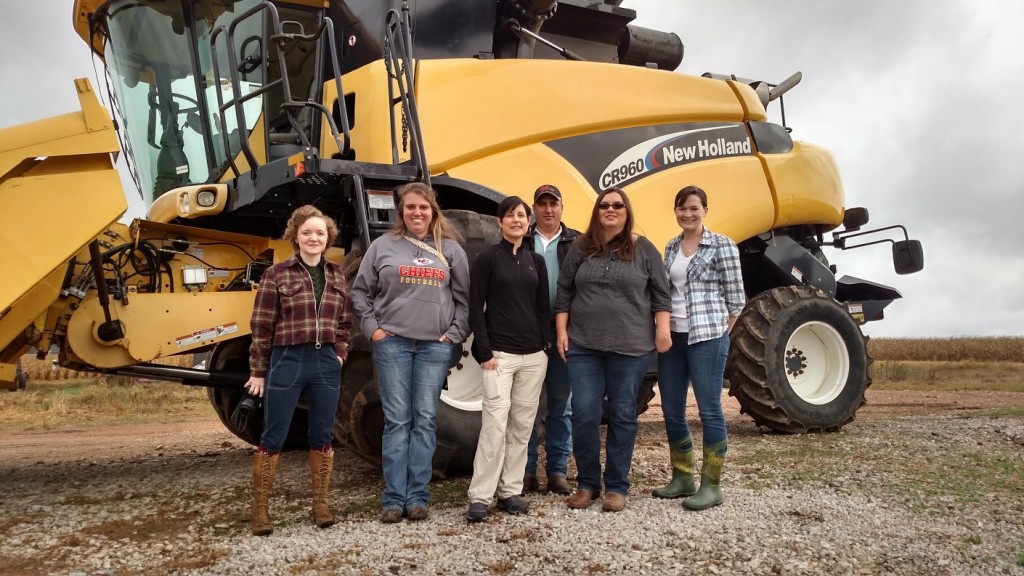
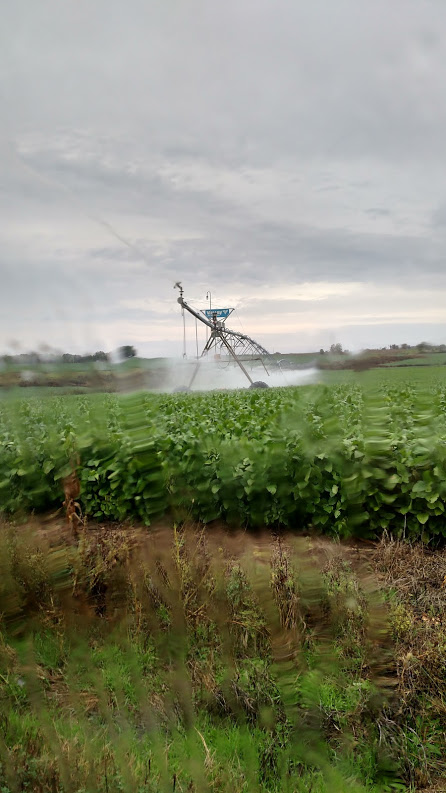
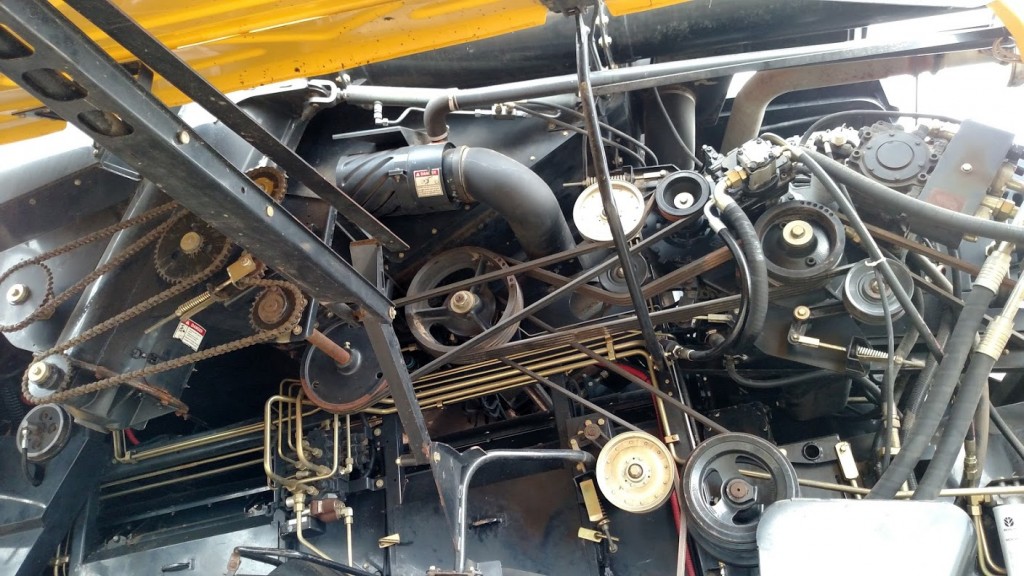
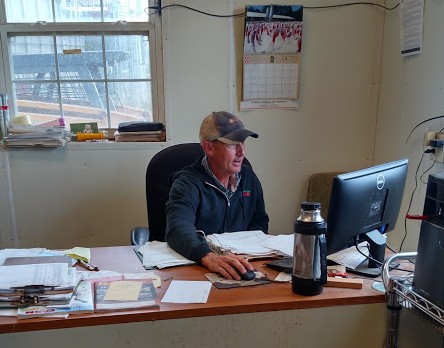

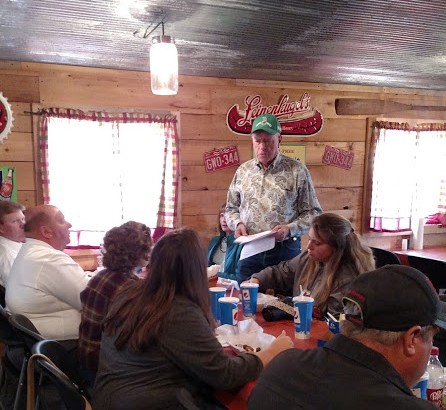

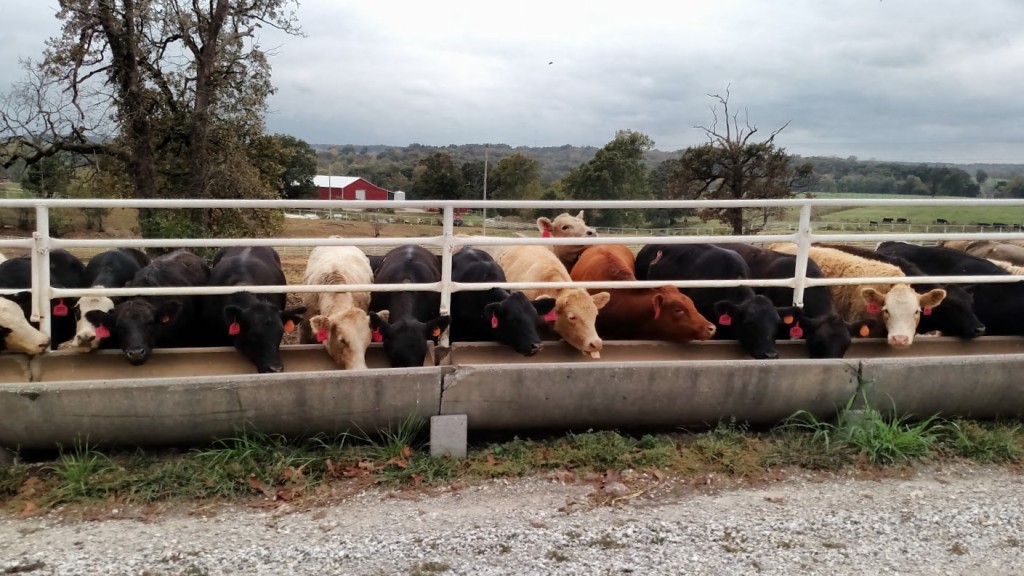
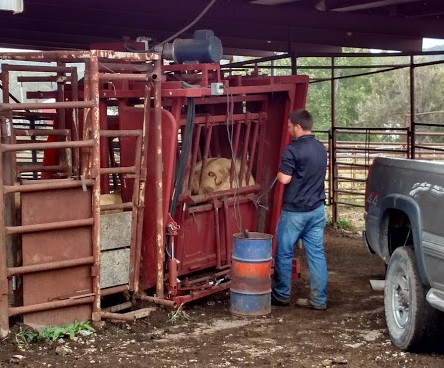
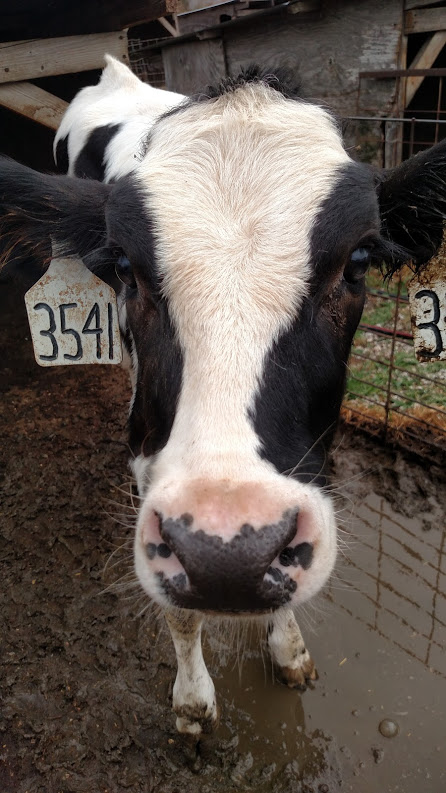













Great post! And I love the gratuitous cow picture. 🙂
What a great analogy! And they do work so hard at something that is so expensive with many factors out of their control. Which to me also sounds a lot like having kids. 🙂
I’m not sure I would have made that connection, but I like it. It’s totally true and I’m so glad that we had the opportunity to do this! I know I grew up on a farm, but even people who did can learn a thing or two or 12 :). Great Post!
[…] Fawn Rechkemmer from Instead of the Dishes (pictured at far right above) reflected on how farmers are like mothers. […]